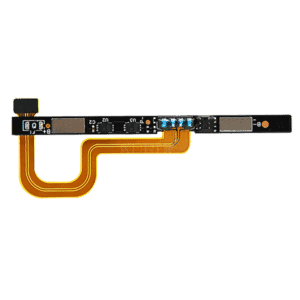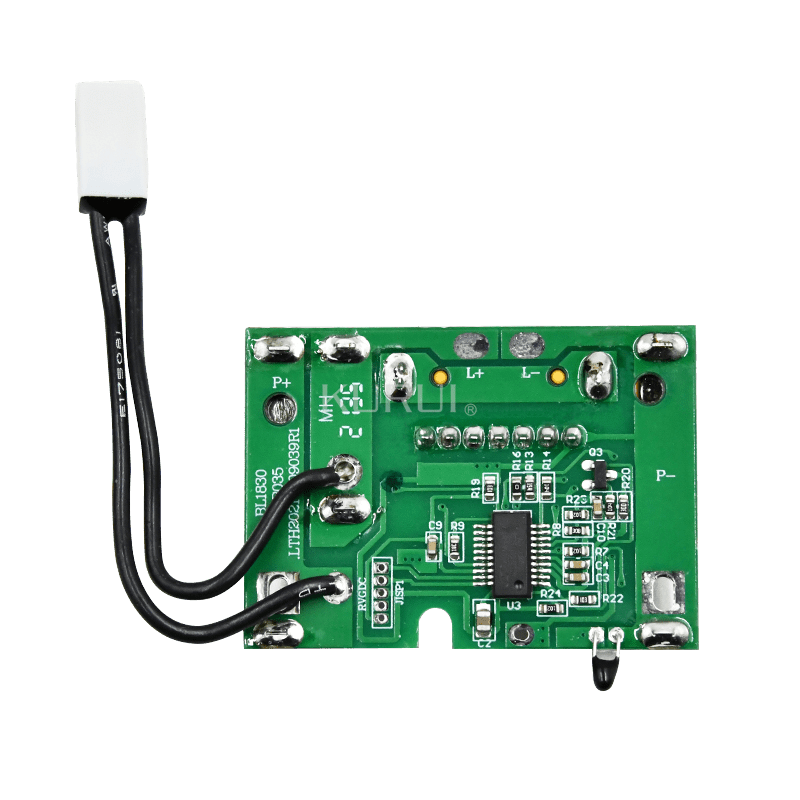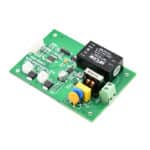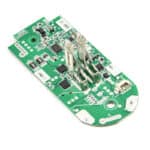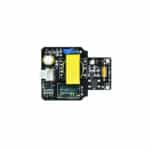Working principle of battery protection board
The circuit and parameters of lithium battery protection board vary according to the IC and voltage used. The commonly used protection ICs include 8261, dw01 +, CS213, gem5018, etc. among them, the precision of Seiko 8261 series is better, and of course, the price is more expensive. The latter are from Taiwan. Dw01 + and CS213 are basically used in the domestic secondary market. The following is a description of dw01 + with MOS tube 8205a (8pin):
The normal working process of lithium battery protection board
When the cell voltage is between 2.5V and 4.3v, the first and third pins of dw01 output high level (equal to the supply voltage), and the second pin voltage is 0V. At this time, the voltage of the first and third pins of dw01 will be added to the fifth and fourth pins of 8205a respectively. The two electronic switches in 8205a are in the on state because their G pole is connected to the voltage from dw01, that is, the two electronic switches are in the on state. At this time, the negative pole of the cell is directly connected with the p-terminal of the protection plate, and the protection plate has voltage output.
Over discharge protection control principle of protection board
When the cell discharges through the external load, the voltage of the cell will slowly decrease. At the same time, dw01 will monitor the cell voltage in real time through R1 resistance. When the cell voltage drops to about 2.3V, dw01 will consider that the cell voltage has been in the over discharge voltage state, and immediately disconnect the output voltage of the first pin to change the voltage of the first pin to 0V. The switch tube in 8205a is closed because the fifth pin has no voltage. At this time, the B – of the cell and the p – of the protection plate are disconnected. That is, the discharge circuit of the cell is cut off, and the cell will stop discharging. The protection plate is in an over discharge state and remains. After the P and P – of the protection board are indirectly charged with the charging voltage, dw01 immediately stops the over discharge state after the charging voltage is detected by B – and outputs the high voltage at the first pin again to turn on the over discharge control tube in 8205a, that is, the B – of the cell is reconnected with the p – of the protection board, and the cell is directly charged by the charger.
Overcharge protection control principle of protection board
When the battery is normally charged through the charger, the voltage of the cell will be higher and higher with the increase of charging time. When the cell voltage rises to 4.4V, dw01 will consider that the cell voltage is in the overcharge voltage state, and immediately disconnect the output voltage of the third pin to make the voltage of the third pin change to 0V. The switch tube in 8205a is closed because the fourth pin has no voltage. At this time, the B – of the cell and the p – of the protection plate are disconnected. That is, the charging circuit of the cell is cut off, and the cell will stop charging. The protection board is in an overcharged state and remains. After the P and P – of the protection board discharge the load indirectly, although the overcharge control switch is closed, the positive direction of the internal diode is the same as that of the discharge circuit, so the discharge circuit can discharge. When the voltage of the cell is lower than 4.3v, dw01 stops the overcharge protection state and outputs high voltage at the third pin again to turn on the overcharge control tube in 8205a, That is, the B – of the cell and the protection plate P – are reconnected, and the cell can be charged and discharged normally
Short circuit protection control principle of protection board
In the process of external discharge of the protection board, the two electronic switches in 8205a are not completely equivalent to two mechanical switches, but are equivalent to two resistors with very small resistance, which are called the on internal resistance of 8205a. The on internal resistance of each switch is about 30m \ u 03a9, which is about 60m \ u 03a9 in total, The voltage applied to the G pole actually directly controls the on resistance of each switch tube. When the G pole voltage is greater than 1V, the on internal resistance of the switch tube is very small (tens of milliohms), which is equivalent to the closing of the switch. When the G pole voltage is less than 0.7V, the on internal resistance of the switch tube is very large (several m Ω), which is equivalent to the opening of the switch. Voltage UA is the voltage generated by the on internal resistance and discharge current of 8205a. When the load current increases, UA will inevitably increase, because ua0.006l × IUA is also called tube voltage drop of 8205a. UA can simply indicate the discharge current. When it rises to 0.2V, it is considered that the load current has reached the limit value, so stop the output voltage of the first pin, change the voltage of the first pin to 0V, close the discharge control tube in 8205a, cut off the discharge circuit of the cell, and turn off the discharge control tube. In other words, the maximum allowable output current of dw01 is 3.3a, realizing overcurrent protection.
Short circuit protection control process
Short circuit protection is a limit form of over-current protection. Its control process and principle are the same as that of over-current protection. Short circuit is equivalent to adding a resistance with small resistance (about 0 Ω) between P – and P – to make the load current of the protection board momentarily reach more than 10a, and the protection board immediately carries out over-current protection.




